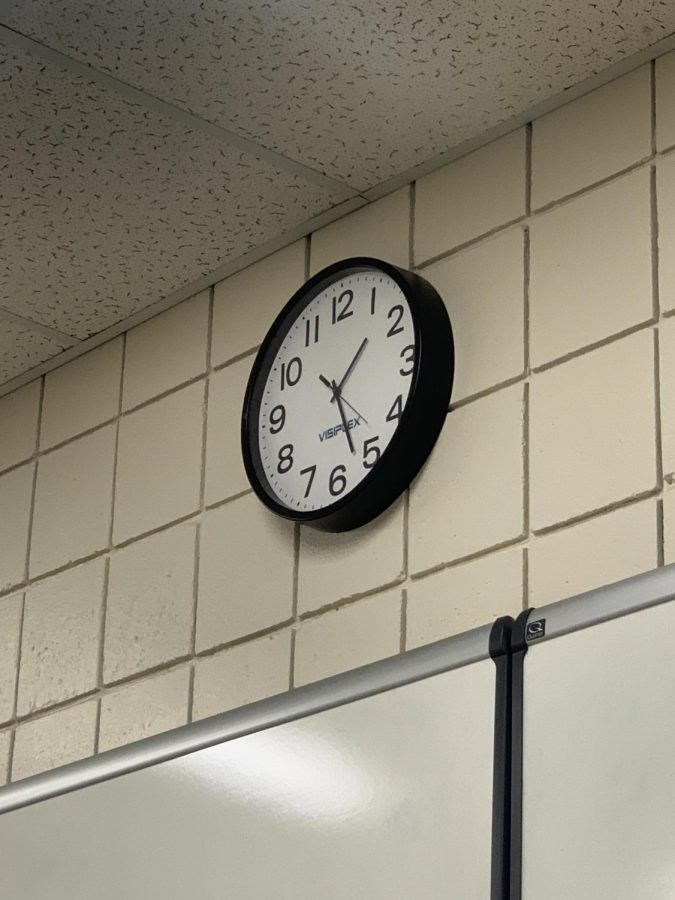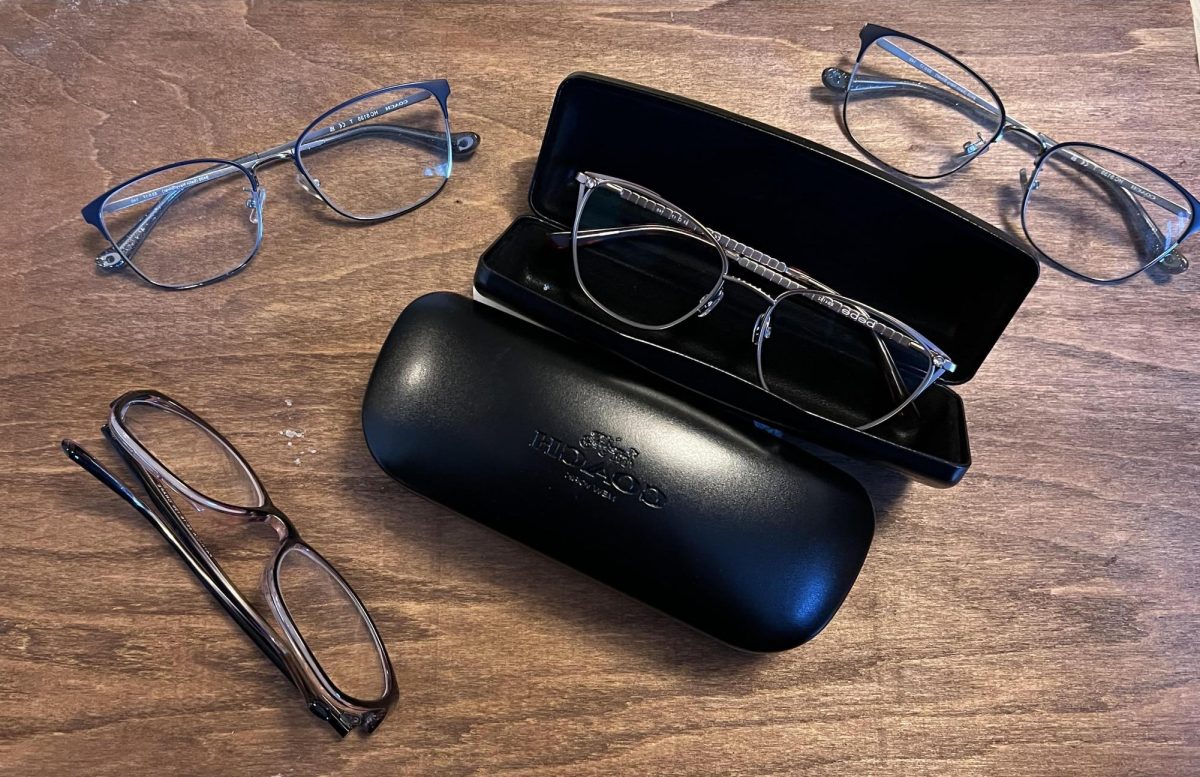Many years ago, societies were ruled by the sun and its schedule. In a world without lights or electricity, nothing could be seen at night without candles or campfires. Daytime was spent working or socializing with others. As soon as the dusk came, citizens headed home to sleep until the next morning. The summer sun rose earlier than when most people were awake, wasting around an hour of precious daylight.
The United States initially adopted daylight savings time in 1918, when electricity in homes was not very common. A government form said that it took until 1925 for half of all U.S. homes to have power. The lights they had were dim and often illuminated very little. It was not often a complete replacement for sunlight, and people still went to bed once the sun went down.
As the decades passed, lights got better and brighter, becoming a more adequate way to light up the world at night. These lights were implemented in workplaces that allowed people to stay out past sunset. Men were able to stay out later and make more money for their families. Our local star began to have a little less control over the lives of Americans.
It became much less necessary to change the clocks altogether. Journalist Andrew Beaujon wrote a Washingtonian article titled “The US Tried Permanent Daylight Saving Time in the ’70s. People Hated It.” Beaujon wrote,“thanks to a new national experiment during a wrenching energy crisis: most of the US went to year-round daylight saving time.”
Richard Nixon signed a bill on Dec. 15, 1973, that put the U.S. on daylight savings time for two straight years. It was supported by 79% of Americans at the time of its passing. The bill was created to save energy amidst an energy crisis, but it barely managed to complete this task.
The Department of Transportation estimated that the plan was only able to save around 100,000 barrels of oil a day, a very marginal change. It also presented dangers to children and drivers in the morning.
Elementary kids had to wait for the bus in the pitch black morning, and some walked all the way to school. There was an increase in injuries due to the extra dark conditions. After a year, support of the bill dropped to 42%. The combination of these factors led to the U.S. abandoning pursuit of a permanent solution until now.
On March 15, 2022, the U.S. Senate unanimously voted to permanently stay on daylight savings time. This has yet to pass the house and be signed into law. There is already some pushback as people remember events of the past.
“I do not enjoy waking up early the day the clocks change back,” said Senior Isaiah Pielak. He dislikes getting up early in the mornings, and changing the clocks makes it even worse. An article from The Columbus Dispatch counted many of the pros and cons of daylight savings time.
Teacher Marina Boes says, “It’s pretty silly.” in regard to changing the clocks two times every year. It doesn’t make sense to change the clocks for many at PV. Sometimes the world is dark and sometimes it is bright. Humans are capable of changing and adapting to different light levels, and many have.
The only sensible conclusion is that no matter what conclusion we reach, people will become unhappy. Changing the clocks makes students and teachers tired, people will be tired and at risk whether the clocks change or not. Stay tuned to see how the government decides to act.










Kris Basnet • Apr 1, 2022 at 8:28 am
This was a good article! I definitely learned something new about how Richard Nixon made day light savings two years in a row is something I did not know. I also did not know how many kids had to go to school in the pitch black dark. I am glad they are trying to make daylight savings permeant.
Emma Melz • Mar 31, 2022 at 8:37 pm
I totally understand the reasoning behind daylight savings in the 1900s. As you mentioned, many homes didn’t have electricity, and daylight savings benefited the farming and agricultural businesses heavily, but now that that is not an issue, I wonder if it is still necessary. Nowadays, with daylight savings still in effect, it can negatively affect a lot of people, especially when it comes down to them waking up and it being dark, leaving school/work, and still being dark. Because of this, many people suffer from Seasonal Affective Disorder (SAD) due to the lack of sunshine they are getting throughout the day, and because of this, they need lightboxes to get their Vitamin D. Overall, I understand why daylight savings was necessary in the past but personally think it is more of a hassle nowadays and is not essential, but it is hard because not everyone agrees with that opinion.
Vince T • Mar 29, 2022 at 1:04 pm
I think that changing the clocks back and forth twice a year is dumb and I think that there should be a permanent time.